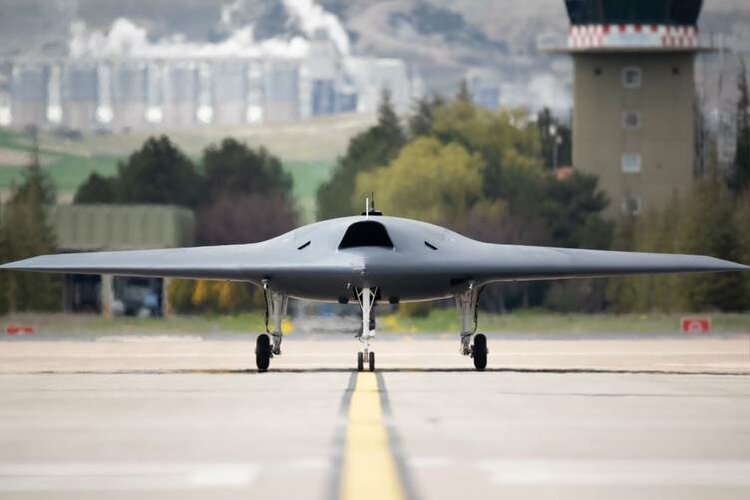- Joined
- 15 July 2020
- Messages
- 1,433
- Reaction score
- 4,315
Roketsan developing IIR-guided MAM-L, which will have a longer engagement range and multiple engagement capabilities. Planned to be put into service soon.



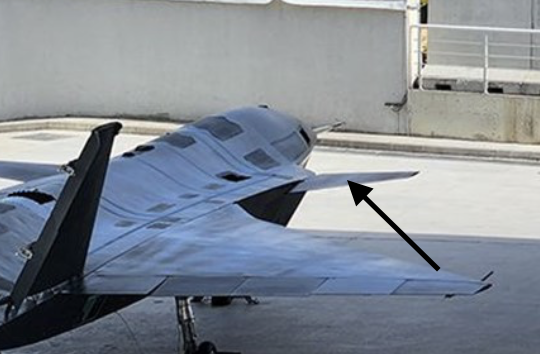
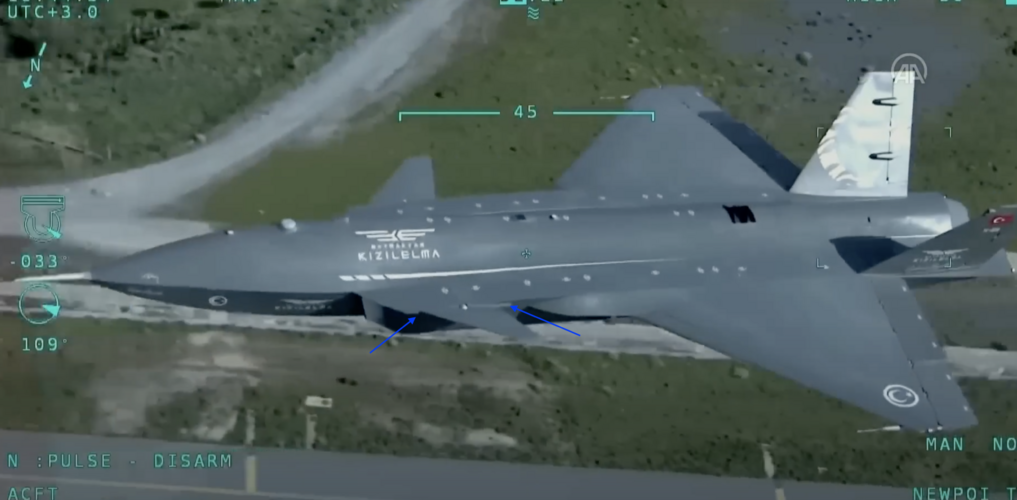
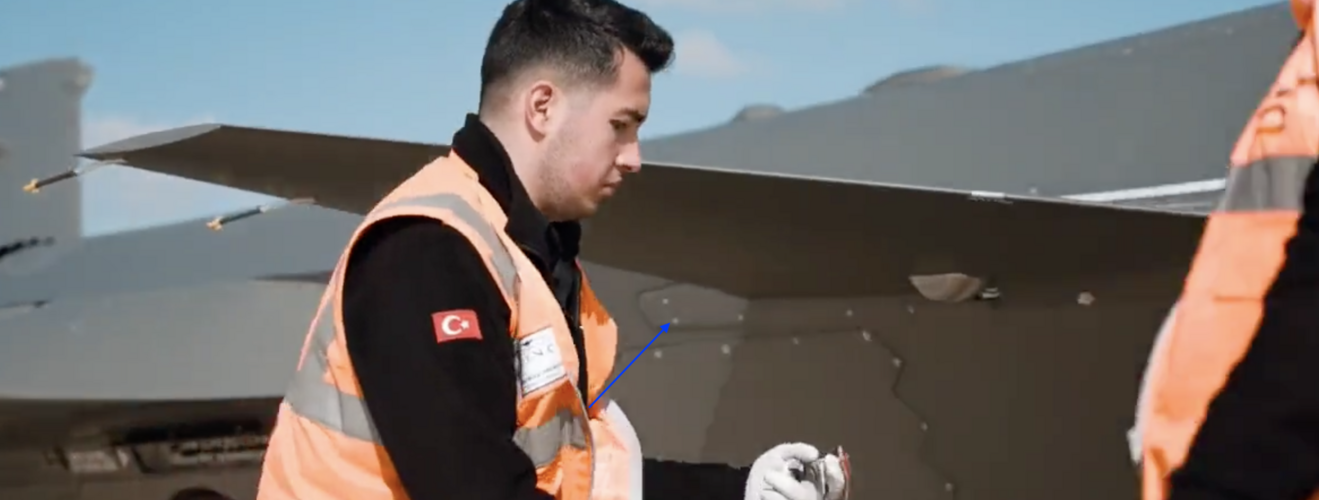

Do we have an up to date operators map?Kuwait to become 30th country to operate TB2 UCAV
View: https://twitter.com/kuwaittimesnews/status/1668651922063073280?s=20
I don't know hoe up to date it is but i found one:Do we have an up to date operators map?Kuwait to become 30th country to operate TB2 UCAV
View: https://twitter.com/kuwaittimesnews/status/1668651922063073280?s=20
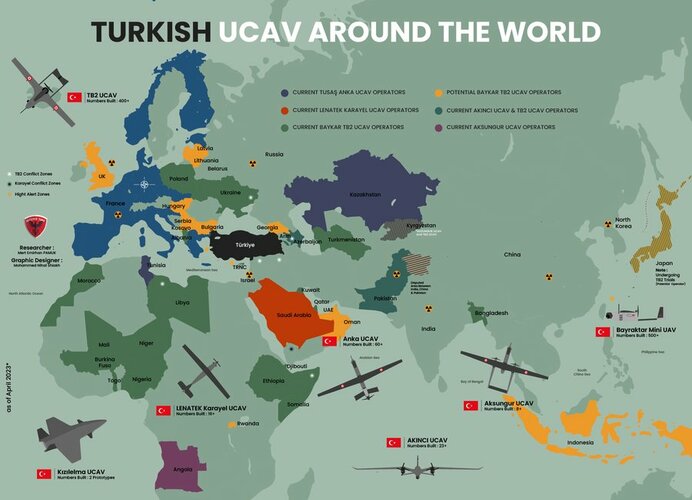
Very concise analysis, though I would change to "rear line emissions will be tracked in all weather" via multi spectral tool kits.I was just thinking about the tactical role that the TB-2 actually do.
I think what TB-2 does is neutralize shoot and scoot. Many ground forces works by the logic of short emissions and immediate movement afterwards to avoid counter fire. This applies to radars, jammers, and artillery.
With persistent long range yet narrow field of view sensors, any long range detectable event would have such sensors directed on it, tracking opponents out of that.
What this basically means is that Radar SHORAD with weapons range shorter than TB-2 sensor range near the front would eventually get tracked unless kept in reserve completely. Attempts at hiding after being tracked does not work, as cases of Pantsirs hit while under buildings and Tors blown up in garages attests. Other weapons like MRLS is also the logical target for such a system, as the destruction of Smerch in Armenia shows.
Long range optical sensors are just far cheaper than things like hypersonic munitions for hitting shoot and scoot opponents, weather permitting.
Even when long range munitions is unavailable, just keeping tabs on opponent long range high value assets can be quite useful.
-------------
Ground forces will need to adapt tactically with the understanding that rear line emissions will be tracked in good weather and one need planned post emissions maneuver to make TB-2 lose track.
UCAVs seem to have atrocious situational awareness. Currently, no onboard RWR or LWR, no MAWS, and usually no jammers, decoys, chaff or flares.
TRANSVARO FEDAI Loitering Munition UAV Killer, New Laser Target Designator and EO Solutions
At SAHA EXPO 2021, TRANSVARO introduced its indigenous solution, TRV-DROKA + FEDAI Modular UAV Detection, Recognition & Defense System, and displayed the FEDAI 101 Loitering Munition UAV Killer which was used in the first flight/fire tests carried out in October 2021. As of November 2021...www.defenceturkey.com
FEDAI is a part of the system which we call the Drone Killer. It flies to the target via radar guidance, then tracks the target with its onboard EO camera, and detonates its warhead near the target....
The TRV-DROKA + FEDAI Modular UAV Detection, Recognition & Defense System comprises TRV/GSR 0802 3D Drone Detection Radar (detection distance 6 km+), TRV/Guard 21 EOS System (detection distance 23.4km for a 2.3x2.3m target), TRV-LDR-100 LIDAR (detection range 1 km for a drone/UAV with 2m wingspan), HRFD-U360 RF Sensor (300MHz-6,000MHz operating frequency range, detection distance 5 km+) and Acoustic UAV Detection System products. The Counter UAV System is composed of RF Jammer (operating on 7 separate bands specific to drones), HPEM UAV Defense System (200m effective range against swarm UAV attack, the final defense line for autonomous drones and drone swarms) and FEDAI Loitering Munition Platform.
With a length of 1.1m, a wingspan of 2m, and a weight of 7kg, the FEDAI 101 can reach a maximum speed of 140km/h and an altitude of 1.200m (AGL/Above Ground Level), while the FEDAI 102 with a length of 1.4m, a wingspan of 2.35m and a weight of 8.5kg, can reach a maximum speed of 153km/h and an altitude of 5,000m. The FEDAI 101 has a range of 40km, while the FEDAI 102 has a range of 65km. Both Loitering Munition Platforms can stay in the air for 35 minutes. The 1.7kg Semtex/HMX-2 warhead in FEDAI 101 has a blast area of 50m (directional fragmentation effect), and the 2.4kg Semtex/HMX-2 warhead in FEDAI 102 has a blast area of 60m. Both platforms have parachute recovery capability and can be launched from a single launch tube or multiple launchers (4x3, 6x4, or 8x5).
FEDAI UAV Killer System, the thermal cameras, LIDAR, 3D radar, and autopilot are domestic products, while the battery and electric motors are commercial off-the-shelf products
View: https://www.youtube.com/watch?v=QKSarC80ZyI
Slow electric powered AA munition??? Really weird, how can a slow interceptor get used if the target becomes aware of the threat? Is there something I'm missing about the concept of operation, or it is mostly for anti-evtol drones like multicopters?

500th Tb-2 left the production line
View attachment 702227
According to sources of the Ministry of National Defense , It was reported that the UAV shot down in Hasakah did not belong to the Turkish Armed Forces.
I don't know if Mr. Babak (His father is a member of the Iranian Islamic Revolutionary Guard Corps if anyone doesn't know. He poses as a Westerner) can speak with CENTCOM and AFCENT, but I called my former associate from the 39th Air Base Wing in Incirlik AFB (Site-I). There is no F-35 or F-16 involved in the incident. The drone was brought down by MANPADS (they don't confirm if it was US or PYD) as it was flying at a very low altitude for some reason (a very unusual situation for ANKA). They believe the incident took place after the power lines to a US FOB were targeted. Pretty much all the grid lines are destroyed by UAV/Artillery strikes, and there is no electricity around the vicinity of Al-Hasakah.

Apparently TB-3 flew for the first time today
